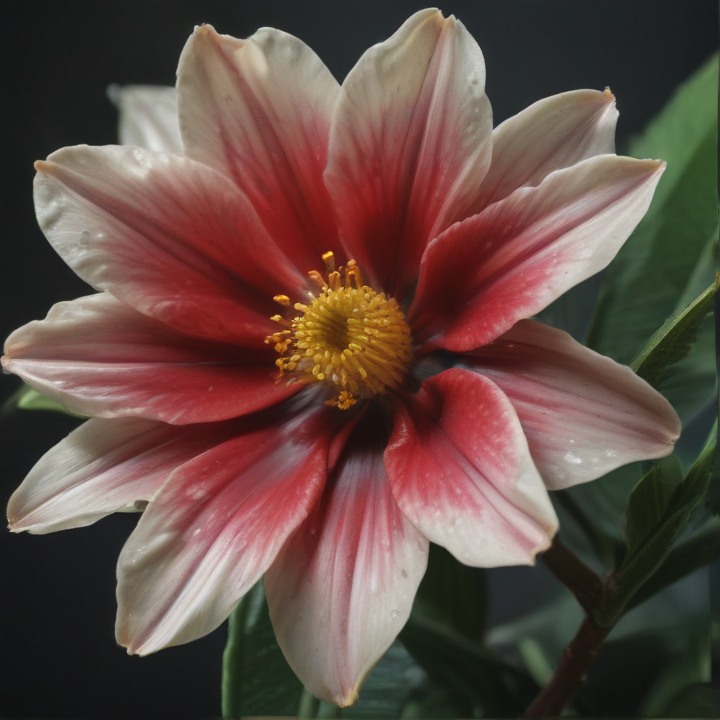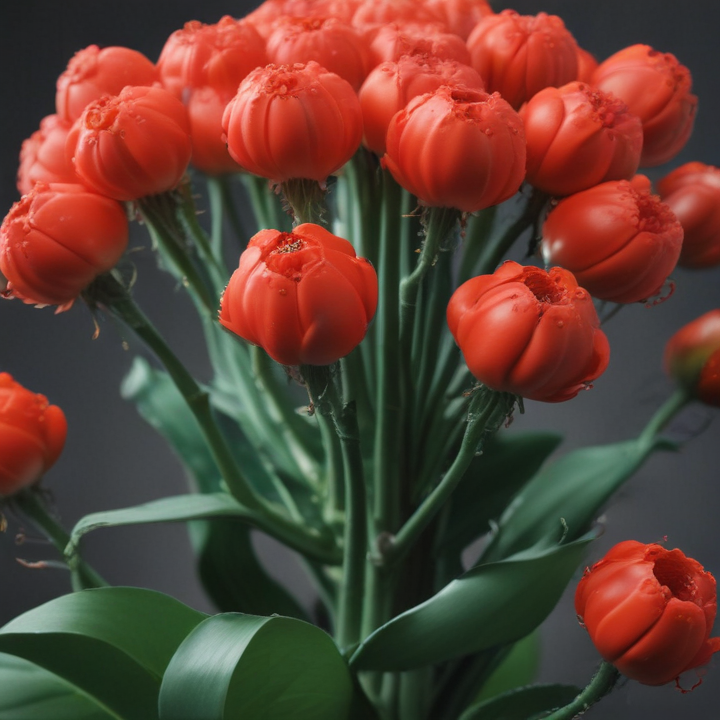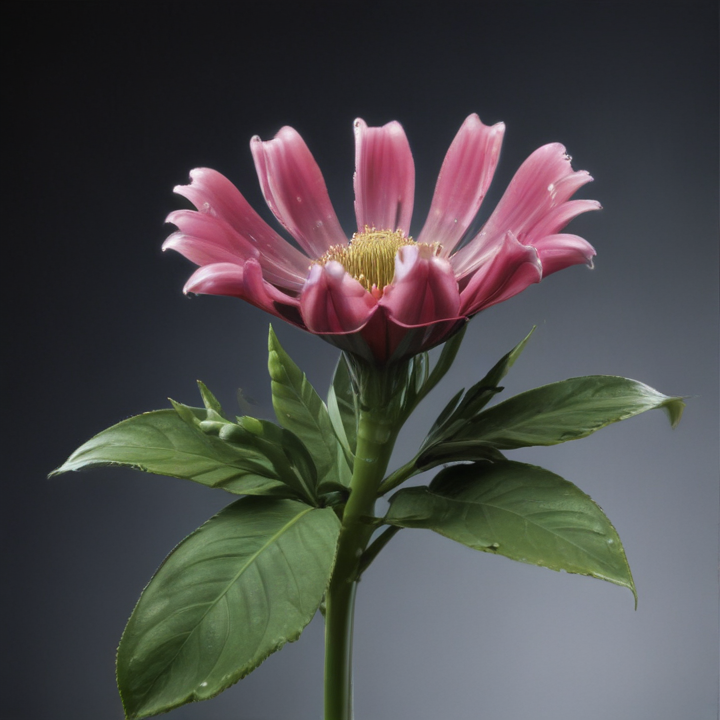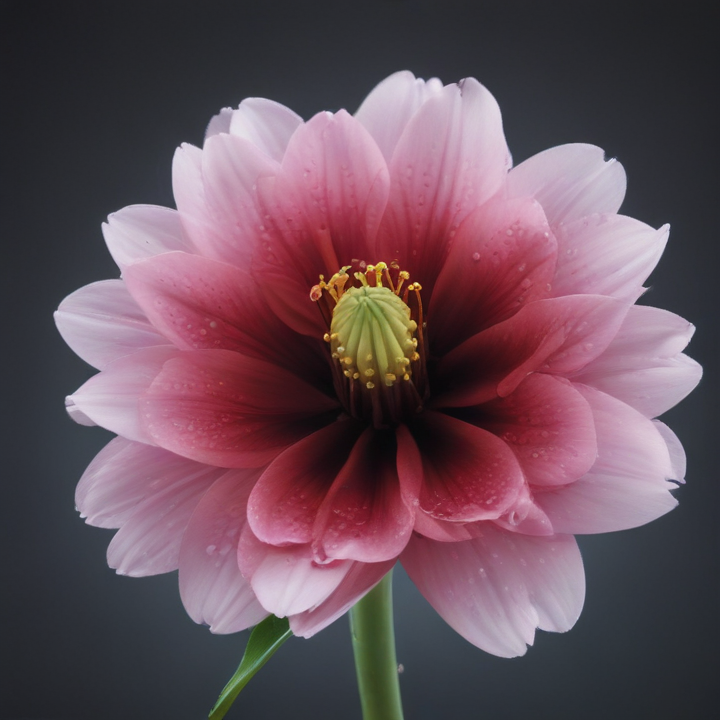rubber blooming Safety Certifications
Rubber blooming is a phenomenon where chemicals such as antioxidants and antiozonants migrate to the surface of rubber products, forming a white or waxy film. While this occurrence can affect the appearance of rubber items, it does not necessarily indicate a reduction in performance or safety. However, understanding and managing blooming is important for maintaining the integrity and compliance of rubber products, particularly those used in safety-critical applications.
Safety Certifications for Rubber Products
1. ISO 9001: Quality Management Systems
- ISO 9001 certification ensures that a manufacturer adheres to internationally recognized quality management principles. It covers the entire production process, including handling and mitigating issues like blooming to ensure product consistency and reliability.
2. ISO 14001: Environmental Management Systems
- This certification focuses on the environmental impact of manufacturing processes. Proper management of blooming can be part of broader environmental controls to minimize chemical release and waste.
3. ISO 45001: Occupational Health and Safety Management Systems
- Ensures that manufacturers maintain safe working environments. Proper handling of blooming chemicals is essential to protect workers from potential exposure to harmful substances.
4. ASTM D2000: Standard Classification System for Rubber Products
- ASTM D2000 provides standardized specifications for rubber materials, including requirements for additives that could cause blooming. Compliance with these specifications ensures the material's suitability for various applications.
5. UL Certification
- Underwriters Laboratories (UL) certifies rubber products for safety and performance, particularly in electrical insulation and fire resistance. UL evaluates the effects of blooming on the overall safety and functionality of rubber products.
6. RoHS (Restriction of Hazardous Substances)
- Ensures that products, including rubber components, do not contain harmful levels of specific substances. Managing blooming involves ensuring that surface chemicals remain within safe limits.
7. REACH (Registration, Evaluation, Authorization, and Restriction of Chemicals)
- This European Union regulation aims to protect human health and the environment from risks posed by chemicals. Proper management of blooming helps ensure compliance with REACH by controlling the migration of hazardous substances.
In summary, certifications such as ISO 9001, ISO 14001, ISO 45001, ASTM D2000, UL, RoHS, and REACH play vital roles in ensuring that rubber products, even those prone to blooming, meet stringent safety and environmental standards.
List Reference Technical Parameters of "rubber blooming"
Rubber blooming is a phenomenon where certain substances migrate to the surface of rubber products, forming a visible film or bloom. It is a common issue in the rubber industry, affecting both natural and synthetic rubbers. Here are the key technical parameters associated with rubber blooming:
1. Composition and Additives:
- Antioxidants: These compounds protect rubber from oxidative degradation but can migrate to the surface.
- Antiozonants: Used to protect rubber from ozone attack, they can also bloom.
- Plasticizers: Improve flexibility but may migrate.
- Accelerators: Enhance vulcanization speed but can bloom if used in excess.
2. Rubber Type:
- Different rubbers have varying tendencies to bloom, e.g., natural rubber (NR), styrene-butadiene rubber (SBR), and nitrile rubber (NBR).
3. Environmental Conditions:
- Temperature: Higher temperatures can increase the rate of migration.
- Humidity: High humidity can affect the blooming rate.
- Exposure to UV Light: UV exposure can degrade surface compounds, enhancing blooming.
4. Manufacturing Process:
- Curing: Inadequate curing can leave excess additives that are prone to bloom.
- Mixing and Compounding: Improper mixing can lead to uneven distribution of additives, promoting blooming.
5. Storage Conditions:
- Duration: Longer storage times increase the likelihood of blooming.
- Temperature and Humidity Control: Poor control can accelerate blooming.
6. Surface Treatment:
- Coatings: Applying certain coatings can prevent or reduce blooming.
- Physical Treatments: Techniques like polishing can remove blooms but may not prevent future occurrences.
7. Analytical Methods:
- Spectroscopy: Techniques like FTIR (Fourier-transform infrared spectroscopy) and UV-Vis (Ultraviolet-visible spectroscopy) to identify surface compounds.
- Microscopy: SEM (Scanning Electron Microscopy) to visualize the bloom.
- Chromatography: Techniques like GC-MS (Gas Chromatography-Mass Spectrometry) to analyze the chemical composition of the bloom.
Understanding and controlling these parameters can help mitigate the effects of rubber blooming, ensuring better performance and appearance of rubber products.
List Product features of "rubber blooming"
Rubber blooming is a phenomenon observed in rubber products where certain compounds migrate to the surface, forming a white or grayish layer. Here are the key product features of rubber blooming:
1. Appearance
- Surface Layer: Visible white or grayish film on the rubber surface.
- Visual Impact: Often considered undesirable as it can affect the aesthetic appeal of the product.
2. Material Composition
- Additives: Result of additives like antiozonants, plasticizers, or other chemicals migrating to the surface.
- Compound Interaction: Involves interaction between different rubber compounds and environmental factors.
3. Performance Impact
- Surface Properties: Can alter the surface properties, potentially affecting grip, friction, or appearance.
- Protective Layer: In some cases, it can act as a protective layer against ozone and UV degradation.
4. Environmental Factors
- Temperature and Humidity: Blooming can be influenced by environmental conditions such as temperature and humidity.
- Aging: More common in older rubber products or those exposed to harsh environmental conditions.
5. Maintenance and Removal
- Cleaning: Typically can be removed with solvents or specific cleaning agents.
- Prevention: Use of correct formulation and additives can minimize blooming.
6. Industry Applications
- Automotive: Seen in tires and other automotive components.
- Industrial: Common in seals, gaskets, and other industrial rubber products.
- Consumer Goods: Present in various consumer rubber products like footwear and sporting goods.
7. Quality Control
- Testing: Regular testing and monitoring during production to control and minimize blooming.
- Standards: Adherence to industry standards and best practices to ensure product quality.
8. Consumer Perception
- Impact on Brand Image: Can negatively affect consumer perception and brand image if not properly managed.
- Customer Satisfaction: Important for maintaining high levels of customer satisfaction and product reliability.
Rubber blooming, while often a cosmetic issue, can affect the functionality and perception of rubber products. Proper formulation, environmental control, and maintenance are key to managing this phenomenon.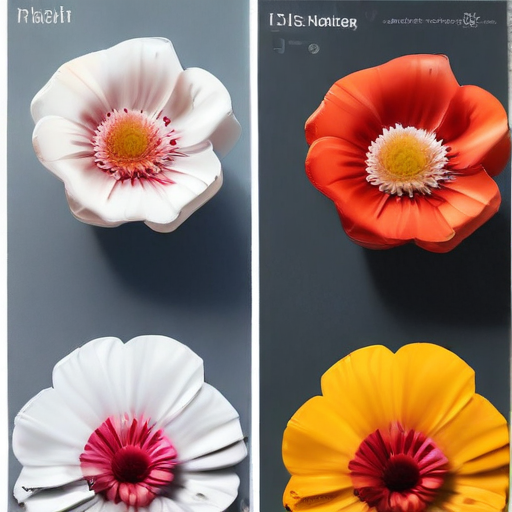
List Various Types of "rubber blooming"
Rubber blooming refers to the migration of additives or other substances to the surface of rubber products, forming a visible layer or bloom. This phenomenon can affect the appearance and sometimes the performance of rubber items. Here are various types of rubber blooming:
1. Antioxidant Blooming: This occurs when antioxidants, added to rubber to prevent oxidative degradation, migrate to the surface. It is often characterized by a whitish or grayish film.
2. Antiozonant Blooming: Antiozonants are used to protect rubber from ozone attack. When they migrate to the surface, they form a protective layer but can also create a bloom, typically with a waxy or oily appearance.
3. Plasticizer Blooming: Plasticizers are added to improve the flexibility and workability of rubber. When these migrate to the surface, they can create a greasy or oily film.
4. Processing Aid Blooming: Processing aids help in the manufacture of rubber products. Their migration can result in a slick, oily, or waxy surface.
5. Curative Blooming: This happens when curatives or vulcanizing agents, like sulfur or accelerators, migrate to the surface. It often appears as a powdery or crystalline bloom.
6. Wax Blooming: Waxes are used to protect rubber from environmental degradation. When they bloom, they form a waxy layer on the surface.
7. Fillers Blooming: Fillers like carbon black or silica can sometimes migrate to the surface, causing a dusty or gritty bloom.
8. Reinforcing Agent Blooming: Reinforcing agents improve the mechanical properties of rubber. Their migration can result in a bloom, often appearing as a powdery residue.
Understanding the specific type of blooming is crucial for addressing it, as different causes require different solutions. Proper formulation and processing control can minimize or prevent blooming in rubber products.
List Application of "rubber blooming"
"Rubber blooming" refers to the phenomenon where certain substances migrate to the surface of rubber products, forming a bloom or film. This can happen due to the presence of additives, such as waxes, antioxidants, and processing aids, which migrate over time. Here are key applications and implications of rubber blooming:
1. Protective Coating: In tire manufacturing, intentional blooming of waxes and antioxidants helps protect the rubber from environmental factors like ozone, UV light, and oxidation. This bloom acts as a barrier, prolonging the life of the tire by preventing cracking and degradation.
2. Lubrication: In industrial rubber components like seals and gaskets, blooming can provide a self-lubricating surface. This reduces friction and wear, enhancing the longevity and performance of the parts.
3. Cosmetic and Quality Issues: In some consumer products, like rubber boots or gloves, blooming can be undesirable as it affects the appearance. This might lead to additional processing steps to remove or control bloom for aesthetic purposes.
4. Medical Devices: For rubber components in medical devices, blooming must be carefully controlled to avoid any contamination or adverse reactions. Surface bloom can interfere with the functionality and safety of medical products.
5. Adhesion and Coating: Blooming can impact the adhesion of paints, adhesives, or coatings applied to rubber surfaces. In manufacturing processes where rubber components need to be painted or glued, controlling blooming is critical to ensure proper bonding and finish.
6. Food Contact Applications: In food-grade rubber products, blooming must be minimized to prevent any potential contamination of food items. This requires careful selection and formulation of rubber compounds to meet strict health and safety standards.
In summary, while rubber blooming can offer protective and functional benefits in certain applications, it also poses challenges in terms of aesthetics, adhesion, and contamination control. Managing blooming effectively is crucial across various industries to balance performance with product quality and safety.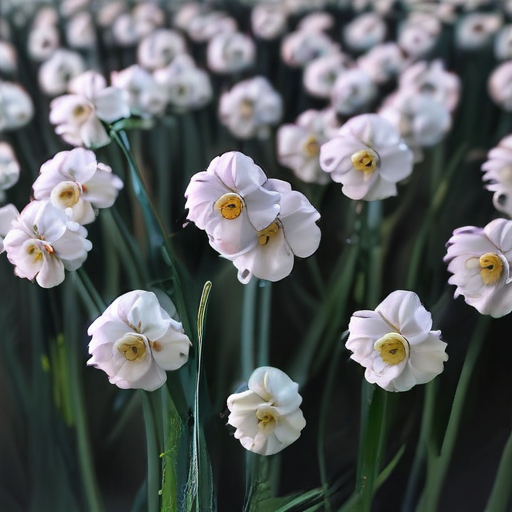
List Buyer Types of "rubber blooming"
"Rubber blooming" refers to the migration of certain ingredients, typically waxes or antioxidants, to the surface of a rubber product. This phenomenon can affect the product's appearance, performance, and longevity. Various industries and buyer types are interested in rubber blooming, either to mitigate its effects or to leverage its benefits. Here are the primary buyer types:
1. Automotive Industry:
- Tire Manufacturers: Concerned with bloom impacting tire aesthetics and performance.
- Seals and Gaskets Producers: Ensure long-term performance without surface contamination.
- Hose and Belt Manufacturers: Focus on maintaining product integrity and functionality.
2. Aerospace Industry:
- Component Suppliers: Require high-performance rubber parts free from blooming to maintain strict performance standards.
- Maintenance Providers: Seek products with minimal blooming to reduce maintenance issues and costs.
3. Consumer Goods Industry:
- Footwear Manufacturers: Interested in preventing blooming to maintain the visual appeal of rubber soles.
- Sports Equipment Producers: Ensure the performance and aesthetic quality of products such as balls and grips.
4. Industrial Sector:
- Machinery Manufacturers: Require non-blooming rubber parts for reliable operation.
- Construction Material Suppliers: Seek rubber products that remain durable and aesthetically pleasing.
5. Medical Industry:
- Medical Device Manufacturers: Use rubber components in devices where blooming can affect hygiene and performance.
- Pharmaceutical Suppliers: Require rubber stoppers and seals free from blooming to prevent contamination.
6. Electronics and Electrical Industry:
- Cable and Wire Producers: Need blooming-free rubber for insulation and protective sheathing.
- Component Manufacturers: Seek to maintain the reliability and appearance of rubber parts used in electronic devices.
7. Packaging Industry:
- Rubber Seal and Gasket Suppliers: Ensure product seals do not degrade or contaminate packaged goods.
These buyers seek to understand, manage, and mitigate the effects of rubber blooming to ensure their products meet quality and performance standards.
List "rubber blooming" Project Types for Different Industries
Rubber Blooming refers to the surface migration of certain additives in rubber compounds, which can affect performance and aesthetics. Here are some project types addressing rubber blooming across different industries:
1. Automotive Industry:
- Tire Manufacturing: Projects focus on optimizing compound formulations to minimize blooming of antiozonants and waxes, enhancing tire longevity and appearance.
- Seals and Gaskets: Developing new rubber blends or coatings to prevent blooming, ensuring long-term performance and visual appeal of seals and gaskets.
2. Aerospace Industry:
- Aircraft Seals and Hoses: Research projects aimed at improving rubber compounds to resist blooming, ensuring consistent performance in extreme conditions.
3. Consumer Goods:
- Footwear: Innovations in rubber compounds and additives to prevent blooming, maintaining the appearance and performance of rubber soles.
- Sporting Goods: Developing anti-blooming formulations for rubber components in sports equipment like grips and balls to ensure durability and aesthetics.
4. Healthcare:
- Medical Devices: Projects on creating rubber compounds for medical tubing and seals that resist blooming, maintaining hygiene and performance standards.
- Protective Equipment: Formulating anti-blooming rubber for gloves and masks to ensure they meet health and safety regulations.
5. Construction:
- Roofing Materials: Research on rubber blends for membranes and seals that resist blooming, enhancing the longevity and visual quality of roofing systems.
- Expansion Joints: Projects aimed at developing anti-blooming rubber compounds for expansion joints to ensure durability and reliability in construction applications.
6. Electronics:
- Cables and Connectors: Developing rubber formulations that prevent blooming in cables and connectors, ensuring consistent performance and longevity.
- Seals and Gaskets for Enclosures: Research on anti-blooming compounds to maintain the integrity and appearance of electronic enclosures.
7. Oil and Gas:
- Seals and Hoses: Projects focused on creating blooming-resistant rubber compounds for seals and hoses, ensuring reliability in harsh environmental conditions.
Each of these projects typically involves extensive research and testing to balance performance, durability, and cost-effectiveness while addressing the specific needs of the industry.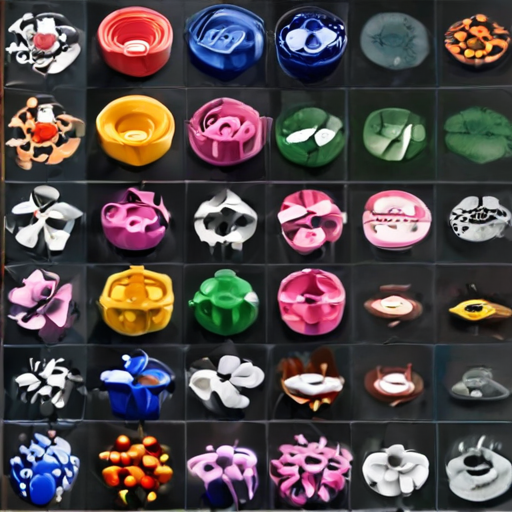
rubber blooming Accessories Upgrades and Custom Manufacturing Options
Rubber blooming, the process where protective waxes or antioxidants migrate to the surface of rubber products, often requires specific attention in the context of accessories upgrades and custom manufacturing.
Accessories Upgrades
1. Protective Coatings: Applying advanced protective coatings can mitigate the effects of blooming, ensuring that rubber accessories maintain their aesthetic and functional properties over time.
2. Improved Formulations: Upgrading to rubber compounds with enhanced formulations can reduce blooming. These compounds often contain better dispersion of additives, which helps in minimizing surface migration.
3. Maintenance Products: Introducing maintenance products such as specialized cleaners and conditioners can help manage and reduce blooming. These products are designed to clean and rejuvenate rubber surfaces without degrading them.
Custom Manufacturing Options
1. Optimized Additive Packages: Custom manufacturing allows for the optimization of additive packages tailored to specific requirements. This includes precise blending of waxes and antioxidants to control blooming.
2. Surface Treatments: Custom surface treatments, such as plasma or chemical treatments, can be applied to rubber products to prevent blooming. These treatments modify the surface energy, reducing the migration of additives.
3. Multi-Layered Construction: Manufacturing rubber accessories with a multi-layered approach can help contain blooming within specific layers, preventing it from reaching the surface. This technique is particularly useful for products requiring high durability and longevity.
4. Precision Molding Techniques: Advanced molding techniques can create rubber accessories with tighter cross-linking and reduced porosity, which helps in minimizing blooming. Custom molds can be designed to accommodate these techniques, ensuring high-quality finishes.
5. Specialized Compounds: Custom compounding allows for the creation of rubber formulations with specific characteristics. These formulations can be designed to resist blooming while meeting other performance criteria such as flexibility, durability, and resistance to environmental factors.
In conclusion, addressing rubber blooming in accessories upgrades and custom manufacturing involves a combination of improved materials, advanced manufacturing techniques, and tailored maintenance solutions. This holistic approach ensures that rubber products perform optimally and retain their desired appearance over time.
List Quality Control and The Manufacturing Process of "rubber blooming"
Quality Control in Rubber Manufacturing
Quality control in rubber manufacturing ensures the final product meets specified standards and performance criteria. Key quality control steps include:
1. Raw Material Testing: Verifying the quality of raw materials like natural and synthetic rubber, fillers, and chemicals.
2. Compound Testing: Evaluating rubber compounds for properties like viscosity, curing characteristics, and mechanical properties.
3. In-Process Control: Monitoring parameters during mixing, extrusion, molding, and curing to ensure consistency.
4. Final Product Inspection: Checking physical properties (tensile strength, hardness), dimensional accuracy, and surface finish.
5. Aging and Durability Tests: Assessing long-term performance under environmental conditions.
Rubber Blooming
"Rubber blooming" refers to the migration of certain ingredients, typically waxes, oils, or antioxidants, from the interior to the surface of a rubber product. This can result in a whitish or greasy layer on the surface.
#### Causes of Rubber Blooming:
1. Overloading of Additives: Excessive amounts of certain additives can lead to their migration to the surface.
2. Incompatibility: Some additives may not be fully compatible with the rubber matrix, prompting them to migrate.
3. Temperature and Pressure Variations: Changes during manufacturing or storage can influence the blooming process.
4. Aging: Over time, additives may naturally migrate as the rubber ages.
#### Prevention and Control:
1. Optimizing Formulations: Using appropriate amounts and types of additives to minimize excess.
2. Improving Dispersion: Ensuring uniform dispersion of additives within the rubber matrix.
3. Using Anti-Bloom Agents: Adding chemicals that inhibit the migration of additives.
4. Proper Curing: Adequate curing can reduce the tendency of ingredients to migrate.
5. Controlled Storage Conditions: Maintaining optimal temperature and humidity levels during storage.
Conclusion
Quality control in rubber manufacturing involves stringent testing and monitoring to ensure product integrity. Understanding and controlling rubber blooming through proper formulation, processing, and storage practices are essential to maintain product quality and appearance.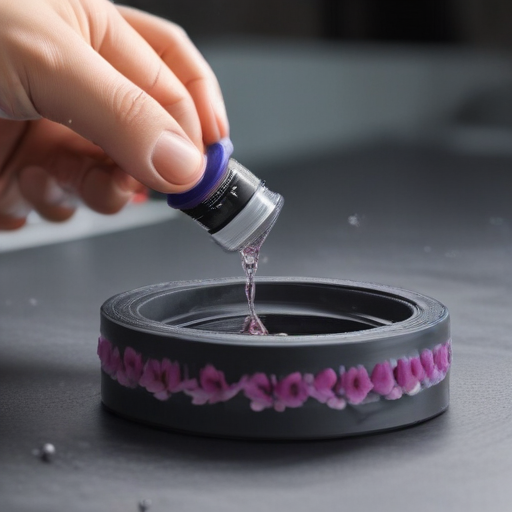
How to use "rubber blooming"
Rubber blooming refers to the phenomenon where certain chemicals used in the rubber manufacturing process migrate to the surface of the rubber, creating a whitish or cloudy film. This can be both a challenge and an advantage depending on the context of use. Here are some applications and management strategies:
1. Aesthetic Modification:
- Tire Design: Blooming can be intentionally induced to create a distinctive look, such as adding a vintage or weathered appearance to tires.
- Custom Rubber Products: It can be used in custom rubber goods for a unique aesthetic, enhancing visual appeal in specialty markets.
2. Protection and Performance:
- UV Protection: Certain blooming agents, like waxes, can provide a protective layer against UV radiation, extending the life of the rubber product.
- Grip Enhancement: In some sports equipment, controlled blooming can improve grip by creating a tacky surface.
3. Manufacturing and Processing:
- Mold Release: Blooming agents can act as a natural mold release, simplifying the manufacturing process and reducing the need for additional chemicals.
- Slip Agents: They can also serve as slip agents, facilitating easier handling and assembly of rubber parts.
Management of Unintended Blooming
1. Chemical Formulation:
- Adjust the rubber formulation to control the types and amounts of additives used, thereby managing the extent of blooming.
2. Cleaning and Maintenance:
- Regular cleaning can remove unwanted bloom. This might involve washing with mild soap and water or using specific rubber cleaning agents.
- For permanent removal, more aggressive methods like abrasion or the application of solvents might be necessary.
3. Storage Conditions:
- Proper storage, away from excessive heat and direct sunlight, can minimize blooming by slowing down the migration of additives to the surface.
In summary, rubber blooming can be harnessed for specific purposes in rubber product design and manufacturing while also requiring strategies to manage its unintended effects.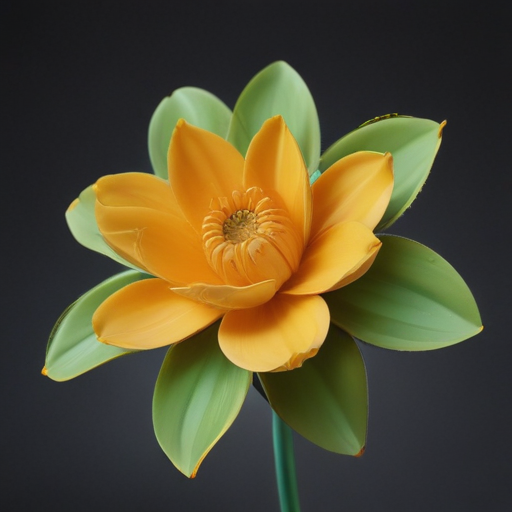
"rubber blooming" Comparative Analysis
Rubber blooming, a phenomenon characterized by the appearance of a white or grayish film on the surface of rubber products, results from the migration of chemical additives to the surface. This issue is significant in various industries, including automotive, consumer goods, and medical devices, where it can impact aesthetic appeal, product performance, and durability.
Causes of Rubber Blooming
1. Chemical Composition: Additives like antioxidants, antiozonants, plasticizers, and curing agents are often responsible. These compounds, crucial for enhancing rubber properties, can migrate to the surface under certain conditions.
2. Environmental Factors: Temperature, humidity, and UV exposure accelerate blooming. Higher temperatures can increase the mobility of additives, while UV light can degrade rubber, prompting additive migration.
3. Manufacturing Process: Variations in mixing, curing, and cooling processes affect the distribution and eventual migration of additives.
Types of Blooming
1. Antioxidant Blooming: Caused by antioxidants like waxes and certain amines used to prevent rubber degradation.
2. Plasticizer Blooming: Involves the migration of plasticizers used to enhance flexibility and workability.
3. Curing Agent Blooming: Results from the migration of curing agents that have not fully reacted during vulcanization.
Impact on Industries
- Automotive: In tire manufacturing, blooming can affect traction and visual appeal. It can also compromise the adhesion of rubber to other materials.
- Consumer Goods: Aesthetic and tactile qualities of products like footwear and household items can be degraded, impacting consumer perception and marketability.
- Medical Devices: Blooming in medical rubber products, such as gloves and tubing, raises concerns about hygiene and biocompatibility.
Mitigation Strategies
1. Optimized Formulation: Adjusting the type and amount of additives can reduce blooming. Using additives with lower migration tendencies is a common approach.
2. Controlled Manufacturing Conditions: Maintaining optimal temperature and humidity during production and storage helps minimize blooming.
3. Surface Treatments: Applying coatings or treatments that prevent additive migration can be effective.
Conclusion
Rubber blooming, driven by chemical additives and environmental factors, poses challenges across various industries. Through improved formulation, controlled production environments, and surface treatments, the negative impacts of blooming can be mitigated, enhancing product performance and longevity.
"rubber blooming" Warranty and Support
Rubber Blooming: Warranty and Support
What is Rubber Blooming?
Rubber blooming refers to the phenomenon where certain chemicals used in rubber manufacturing migrate to the surface, forming a white or cloudy film. This is common in products such as tires, seals, and hoses. While blooming can affect the aesthetic appearance, it typically does not impact the performance or durability of the rubber.
Warranty Considerations
When dealing with rubber blooming, it is essential to review the specific warranty terms provided by the manufacturer. Many manufacturers consider blooming a natural occurrence and not a defect. Therefore, it may not be covered under standard warranty terms. However, if blooming is accompanied by other signs of material degradation or performance issues, it might be eligible for warranty claims.
Steps to Address Blooming Under Warranty:
1. Document the Issue: Take clear photographs of the blooming and any other signs of wear or damage.
2. Review Warranty Terms: Check your product’s warranty documentation for specific mentions of blooming or related exclusions.
3. Contact the Manufacturer or Retailer: Reach out to customer support with your documentation. Provide details of your purchase, including receipts and warranty information.
4. Follow Up: If initially denied, politely request further review or escalation of your claim, especially if there are additional concerns beyond aesthetic issues.
Support and Maintenance Tips
1. Cleaning: Regularly clean rubber products with mild soap and water to remove surface blooming.
2. Storage: Store rubber items in cool, dry places away from direct sunlight to minimize blooming.
3. Protectants: Use rubber protectants recommended by manufacturers to help maintain the appearance and longevity of the rubber.
Customer Support Contacts
Always keep the contact information of your manufacturer’s customer service handy. Most companies provide support via phone, email, or online chat. Have your product details ready to ensure a swift and effective resolution.
In summary, while rubber blooming is often considered a natural occurrence and not a defect, understanding your warranty terms and taking proactive maintenance steps can help manage this issue effectively.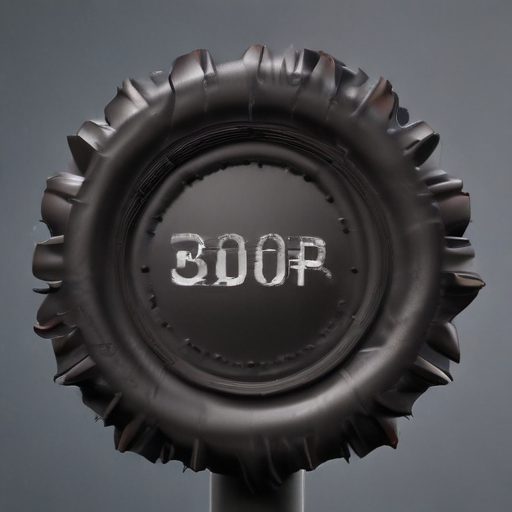
List "rubber blooming" FAQ
Rubber Blooming FAQ
What is rubber blooming?
Rubber blooming refers to the white, powdery residue that sometimes appears on the surface of rubber products. This occurs when certain compounds used in the rubber mix migrate to the surface.
What causes rubber blooming?
Blooming is typically caused by the migration of chemicals like waxes, antioxidants, or antiozonants used to protect the rubber. When these compounds exceed their solubility limit within the rubber, they migrate to the surface.
Is blooming harmful to the rubber?
Generally, blooming is not harmful to the integrity or performance of the rubber. However, it can affect the appearance and, in some cases, the tackiness or friction properties of the surface.
How can blooming be prevented?
Blooming can be minimized by optimizing the formulation of the rubber mix to balance the additives and prevent excess migration. Proper storage conditions, such as keeping the rubber in a cool, dry environment, can also help reduce blooming.
How can blooming be removed?
Blooming can often be cleaned off with mild soap and water, or with specific rubber cleaning agents. For industrial applications, more specialized cleaning methods may be required.
Is blooming the same as mold or mildew?
No, blooming is a chemical migration issue, whereas mold and mildew are biological growths. They can look similar but have different causes and solutions.
Does blooming affect all types of rubber?
Not all rubber types are equally prone to blooming. Natural rubber and some synthetic rubbers are more susceptible due to their composition and the types of additives used.
Can blooming occur indoors?
Yes, blooming can occur in both indoor and outdoor environments, depending on the rubber formulation and storage conditions.
Is blooming reversible?
Yes, blooming can be cleaned, and steps can be taken to prevent it from recurring. However, it may reappear if the underlying conditions causing the blooming are not addressed.
Why is it called "blooming"?
The term "blooming" is used because the residue appears to "bloom" or spread out on the surface of the rubber, similar to how a flower blooms.
Top 10 FAQ with answer about rubber blooming for Buyer Sourcing from China
Top 10 FAQs About Rubber Blooming for Buyer Sourcing from China
1. What is rubber blooming?
Blooming in rubber is a phenomenon where additives, such as waxes or antioxidants, migrate to the surface of the rubber, creating a white or cloudy film.
2. Why does blooming occur in rubber products?
Blooming occurs due to the diffusion of additives from the interior to the surface, often driven by heat, pressure, or prolonged storage.
3. Is blooming harmful to rubber products?
Generally, blooming is not harmful and does not affect the mechanical properties of rubber. However, it can impact the appearance and sometimes the adhesion properties if not addressed properly.
4. How can I prevent blooming in rubber products sourced from China?
Prevention can be achieved by using the correct formulation of additives, controlling storage conditions, and selecting suppliers with stringent quality control measures.
5. Can blooming be removed once it has occurred?
Yes, blooming can often be removed by wiping the surface with a suitable solvent or by washing with soap and water.
6. Does blooming indicate poor quality rubber?
Not necessarily. While excessive blooming can be a sign of formulation issues, occasional blooming is common and can be controlled with proper processing techniques.
7. What should I look for in a supplier to minimize blooming issues?
Look for suppliers with a strong track record in rubber chemistry, quality control certifications (like ISO 9001), and the ability to provide customized formulations.
8. How do I test for blooming in rubber products?
Visual inspection is the primary method, but chemical analysis and accelerated aging tests can also be used to predict blooming tendencies.
9. Are certain types of rubber more prone to blooming?
Yes, certain rubbers like natural rubber and some synthetic rubbers (e.g., SBR) are more prone to blooming due to their additive compositions.
10. Can blooming affect the performance of rubber seals or gaskets?
Blooming can affect the seal's ability to adhere or interact with other surfaces, potentially compromising its effectiveness. It’s important to address blooming in critical applications.
Understanding these FAQs can help buyers make informed decisions when sourcing rubber products from China, ensuring quality and performance are maintained.

